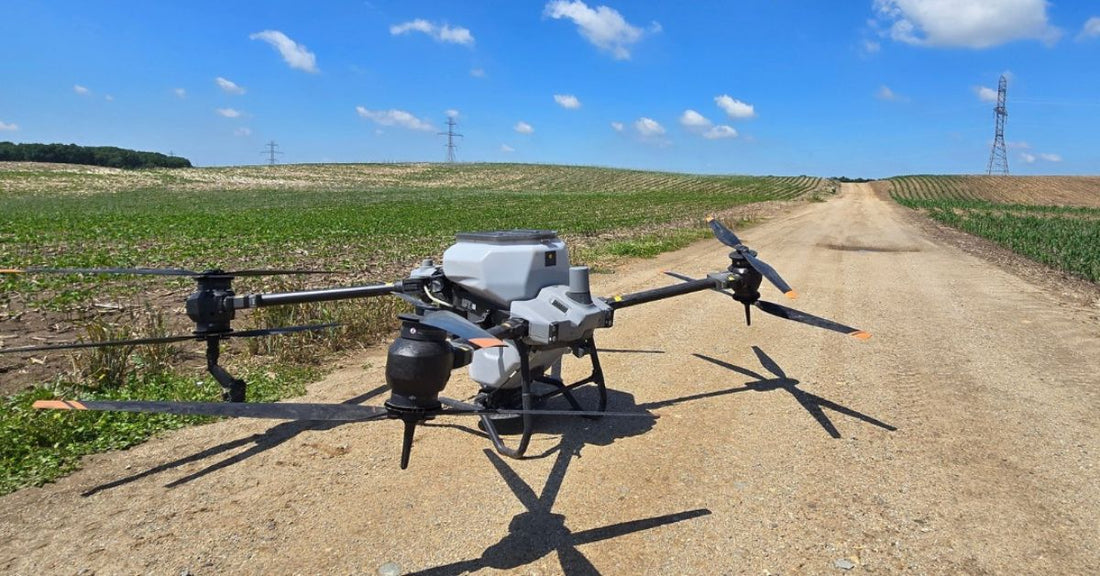As the world becomes more aware of the effects of excessive agrochemical use, a new wave of technology is reshaping the future of farming. Drones are transformative tools revolutionizing how agriculturalists apply pesticides.
With their ability to spray crops with pinpoint accuracy, drones are dramatically reducing pesticide usage. Learn why drones are taking the leap toward healthier ecosystems, sustainable agriculture, and a brighter future for farmers, consumers, and the planet alike.
Precise Application
One of the advantages of using drones in agriculture is their ability to apply pesticides precisely. Unlike methods that require large machinery or manual labor to spray entire fields indiscriminately, drones feature advanced sensors and GPS technology. As a result, farmers can target specific areas of crops that require treatment.
Minimize Overspray
Overspray has long been a significant challenge in agriculture, posing risks to wildlife and nearby ecosystems. Focusing solely on sections that need attention minimizes harm to surrounding plants, soil, and water bodies.
Drones address overspray issues by spraying pesticides with exceptional accuracy. Their ability to fly low and hover in specific locations ensures that chemicals reach their intended target without drifting and causing environmental consequences.
Reduce Waste Through Precise Measurements
Drones excel in resource management by supporting agricultural sustainability. By using precise measurements, drones can determine the exact amount of pesticide required for a particular area. This eliminates the overuse of chemicals, which not only saves costs but also reduces the chance of chemicals accumulating in the soil and water supply.
Adapt to Field Conditions
Every piece of farmland is unique, with varying terrain, crop types, and pest concerns. Drones offer unparalleled adaptability to these conditions through advanced programming and real-time data collection.
Complex fields with uneven or hard-to-access areas are no longer a barrier to consistent pesticide application. Drones can quickly adjust spray patterns and routes to meet specific field challenges. This adaptability ensures consistent treatment, regardless of the field’s complexities.
Improve Pest Management
Effective pest management begins with understanding the scope and location of the problem. Drones with intelligent cameras and sensors can map fields and identify sections affected by pests. This data allows farmers to apply pesticides only where necessary rather than providing treatment to the entire field.
Furthermore, drones work in conjunction with real-time imagery and analysis. Farmers can gain deeper insights into pest behavior and distribution through this technology. The ability to implement a targeted strategy boosts crop protection and reduces the likelihood of pests developing resistance to treatments.
If you’re looking for a drone that has high-quality features, look no further than the EAVision J100. With high-speed surveying capabilities, obstacle identification, and high-def FPV cameras, the drone excels in its core scoring capabilities. Visit Agri Spray Drones to learn more about the EA-Vision J100 drone and how it can reduce pesticide usage.






